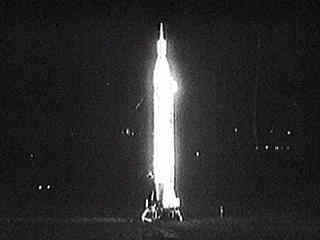
What are the reinforces of stress?

The cognitive psychologist approach postulates that an individual's construction of a particular situation is linked to stress much as in taking a snapshot. The photographer decides what to focus on, clicks a picture, and whether the picture is interpreted as negative, positive, or neutral activates the person's fight/response. When the fight-or-flight response is continually activated, disease, or even death, can occur .
Reinforcement principles help explain an individual's difference in the interpretation of stimuli and in the strength of the flight/fight response to continue. Why do certain individual's interpret an event (i.e., a picture as clear, or blurred,) as positive or negative and why do they continue to do so?
Reinforcement principles indicate that a reinforcer
increases the probability of any event to recur, but a reinforcer may not necessarily be
pleasurable. A reward refers to a pleasant experience which may, or may not, increase the
probability of the event to recur. A punishment is an unpleasant experience which may, or
may not, decrease the probability of an event to recur. A
positive reinforcer is a
stimulus which increases the probability of an event to recur.. A negative
reinforcer
increases the probability of an event to recur by the removal of an aversive
condition. A response that is decreased in its frequency to recur can be labeled
an extinguishing response.[1]
![]() See hyperlink:
B.F. Skinner
See hyperlink:
B.F. Skinner
Reinforcement principles can be set according to the following schedules: fixed ratio, fixed interval, varied ratio, varied interval or ratio, or as a combination of both. Note the following examples:
A fixed ratio schedule provides a cue as a set amount of a reinforcer, such as providing a stimulus of $10 for every response. A fixed interval introduces a cue as a time element, such as providing a stimulus once an hour. A varied ratio or interval schedule varies the amount and the interval. What type of schedule do you think is strongest? Hint: Gambling is an example of the strongest type of reinforcement schedule.
How can the fight-or flight-response be reinforced or extinguished? Remember to provide a personal example by constructing a reinforcement schedule, label what type it is, and what reinforcer you are using to extinguish one of your stressors. What have you learned as a result of this information that can assist you in reducing the stress in your life?Note: Sometimes the endocrine system can by itself increase hormones which act as reinforcers and the autonomous nervous system may send signals through nerve pathways which serve as a reinforcer in the fight-of -flight response Hint: Look at your stress journal to observe the reinforcers that are increasing the stress in your life. [2][3]
1. B.F. Skinner, Science Human Behavior, New York: The Free Press, 1953
2. Jerrold S. Greenberg, Comprehensive Stress Management, 8th, ed., Boston: McGraw-Hill,1996, pp. 241-247
3. Seaward, Brian Luke Managing Stress: Principles and Strategies for Health and Well-being, 3rd ed., Boston: Jones and Bartlett Publishers,2002, pp. 190-198
Email: rbrehm@msn.com Telephone: Cell 206-930-4197.
Copyright © 1998 [Robert Brehm]. All rights reserved.